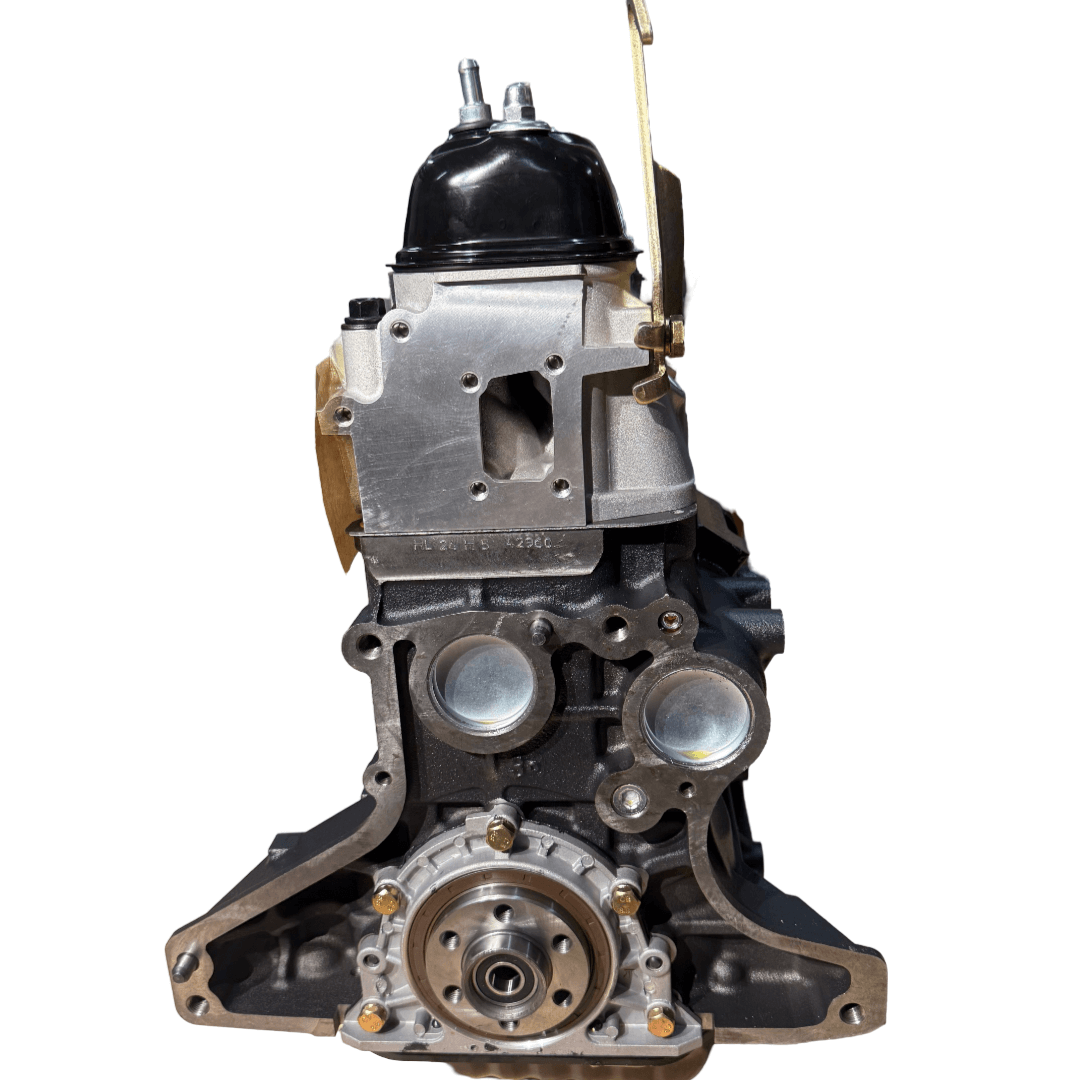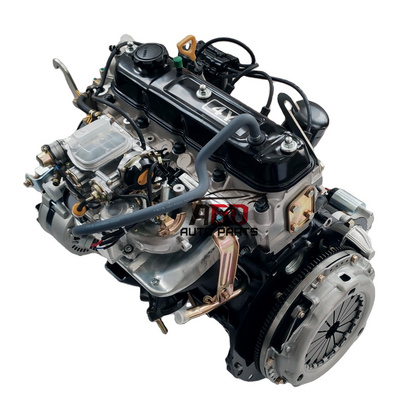How the 4Y Engine Powers Your Vehicle with Efficiency and Reliability
The Ultimate Guide to the Engine: Key Insights for every single Vehicle Fanatic
Comprehending the engine is essential for any type of vehicle fanatic, as it offers as the heart of the automobile and determines its performance. The complexities of engine dynamics and the latest advancements in technology present concerns that warrant additional expedition.
Composition of an Engine
Comprehending the anatomy of an engine is important for any kind of automobile lover wanting to delve deeper into automobile mechanics. An internal combustion engine primarily consists of several crucial parts that function in unison to convert gas right into mechanical power.
At the heart of this system lies the cylinder block, which houses the cyndrical tubes where burning occurs. Piston movement within these cyndrical tubes is assisted in by the crankshaft, which equates linear activity into rotational energy. In addition, the camshaft plays an essential duty in managing the opening and closing of the engine's valves, ensuring correct air-fuel blend intake and exhaust gas expulsion.
Various other essential components consist of the fuel system, which provides the engine with the required gas, and the ignition system, accountable for initiating burning - 4y engine. The cooling and lubrication systems are additionally essential, keeping ideal operating temperatures and reducing friction, respectively
Engine Types and Configurations
A diverse series of engine types and arrangements exists, each offering one-of-a-kind benefits and downsides tailored to different driving demands and preferences. One of the most common engine kinds consist of inline, V, flat, and rotating arrangements.
Inline engines, featuring cyndrical tubes arranged in a solitary line, are recognized for their simplicity and performance. They are typically found in portable vehicles, using an equilibrium of power and economic climate. V engines, identified by their 2 banks of cylinders prepared in a V form, offer greater performance and smoother operation, making them prominent in sporting activities and luxury autos.
Flat engines, or boxer engines, have horizontally opposed cyndrical tubes, which add to a reduced center of mass, enhancing automobile security. These are generally seen in brands like Subaru and Porsche.
Rotary engines, although less common, make use of a special layout with a triangular rotor and deal high power-to-weight proportions. They master lightweight and compact applications, mainly seen in Mazda automobiles.
Each engine kind offers details performance attributes, weight circulations, and gas efficiencies, guaranteeing that auto lovers can pick the appropriate engine arrangement to match their driving design and lorry needs.

Exactly How Engines Work
Engines, regardless of their type or configuration, operate fundamental concepts that control their efficiency and effectiveness. At their core, engines convert gas right into power via a series of regulated explosions or compressions. This process normally includes four major strokes: consumption, exhaust, compression, and power.
Throughout the intake stroke, the engine attracts in a mixture of air and gas. The compression stroke complies with, where the mix is pressed in the cyndrical tube, enhancing its temperature level and pressure. In the power stroke, a spark stirs up the pressed combination (in fuel engines) or the blend sparks spontaneously (in diesel motor), resulting in a quick growth of gases that presses the piston down. Lastly, the exhaust stroke expels the invested gases from the cyndrical tube.
The performance of an engine is influenced by different factors, including the layout of the combustion chamber, the kind of gas utilized, and the accuracy of the engine's components. Recognizing these fundamental concepts is important for vehicle lovers that seek to appreciate the detailed mechanics behind their lorries, along with for those aiming to improve efficiency via modifications and tuning.
Technologies in Engine Technology
Over the last few years, improvements in engine modern technology have considerably transformed the vehicle landscape, improving both efficiency and ecological sustainability. One of the most remarkable developments is the growth of turbocharging and supercharging, which permits smaller sized engines to produce greater power outputs without giving up gas efficiency. This has led to a rise in the popularity of downsized engines, offering producers with the capability to satisfy rigorous discharges laws while preserving performance requirements.
In addition, crossbreed and electric powertrains are reshaping the engine standard. Hybrid systems integrate interior combustion engines with electric motors, maximizing fuel intake and reducing emissions. Fully electric lorries (EVs) remove the burning engine entirely, counting on advanced battery modern technology to supply immediate torque and excellent velocity.
In addition, the integration of fabricated knowledge and device knowing in engine management systems permits real-time optimization of efficiency specifications, boosting effectiveness and responsiveness. Innovations such as official site variable shutoff timing and direct gas injection further fine-tune combustion procedures, making best use of power output while decreasing waste.
As the automotive industry continues to develop, these advancements in engine technology will certainly play an essential role fit internet the future of mobility, prioritizing both performance and sustainability.
Upkeep Tips for Lovers
Keeping an engine is as important as the developments that improve its performance. Routine maintenance not only lengthens the life of your engine however also guarantees ideal efficiency. Start with regular oil changes, following the producer's suggestions for oil kind and adjustment periods. Tidy oil lubricates engine elements successfully, protecting against damage.
Examine and change air filters occasionally to ensure correct air movement, which is crucial for combustion efficiency. A blocked air filter can result in lowered performance and increased fuel usage. Check the coolant degrees to avoid getting too hot, and replace coolant according to the service schedule. 4y engine.

Verdict
Finally, a comprehensive understanding of engine makeup, kinds, and mechanics is vital for vehicle enthusiasts. The expedition of developments such as turbocharging and crossbreed systems highlights the advancements in efficiency and efficiency. Normal upkeep techniques, including oil modifications and air Resources filter checks, are critical for making certain optimal engine capability and longevity. Proficiency of these concepts cultivates a deeper gratitude for engine dynamics and improves the total driving experience.

Engines, no matter of their kind or configuration, operate on fundamental principles that govern their efficiency and efficiency. In the power stroke, a spark ignites the compressed mixture (in gas engines) or the combination stirs up automatically (in diesel engines), resulting in a quick expansion of gases that pushes the piston down.In recent years, advancements in engine innovation have considerably transformed the automotive landscape, improving both efficiency and ecological sustainability.